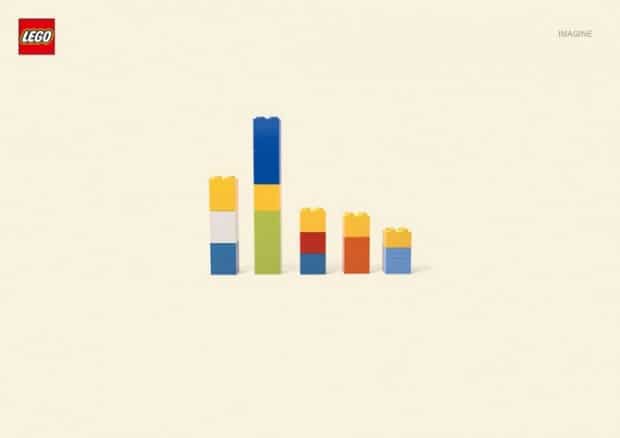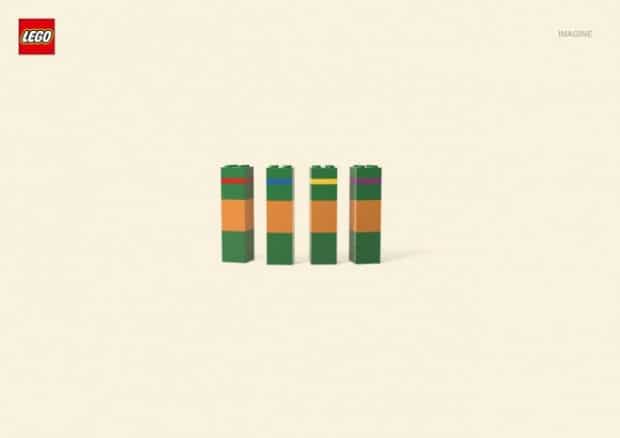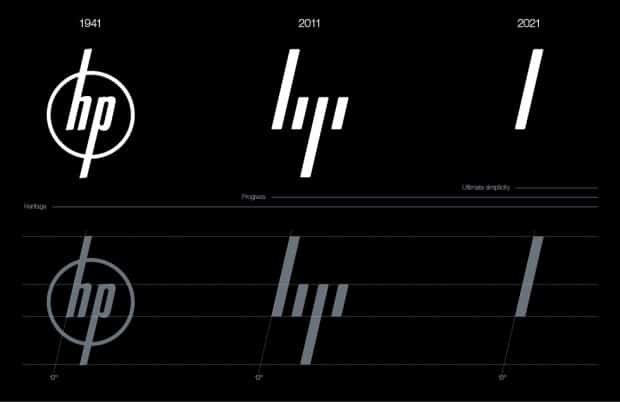From a proposal I recently received from a freelance writer:
Full qualified and certified injury therapist practioner, have experience in report/document writing.
Was honoured when training for my top marks in knowlegde and presentation.
My layout are easy on the eye fro the read so as not scare them away sell what you reading to them.
All content will be original and fully checked for gramma and spelling errors.
if you have anymore question please contact me further
Kind Regards
Or this, from the same job (different writer):
I have been a writer for over 3 years. My topics and style varies. depending on the subject which are Copyscape-proofed.
These are pretty stark examples of incongruous messaging. The point of this post isn’t to point and laugh at poor writing (I’ll save that for you’re your Facebook). Rather, it’s to point out an overt example of off-brand messaging: the talk and the walk don’t match up. I think marketers fail in this way all the time.
Even me. I used to have an office in an industrial park. It was clean, simple, and (most importantly) cheap. Most of the business we were doing was with out-of-town clients, so it didn’t matter much. Until we started getting attention from bigger local clients. We’d go through the whole proposal process, up to the point the clients would come to our office. Every time, we’d loose the job after they visited our office. It wasn’t nice enough. Which seems silly, because the “niceness” of our office has no bearing on the quality of our work.
Except that my office was as off-brand as the proposals above. I was running a design studio. Our website was gorgeous. Our collateral was perfect. Our proposals were meticulously crafted. But our office? It screamed “whatever.” The office showed that we didn’t care about that aspect of our presentation. It was off-brand. And when you’re selling branding and aesthetics, those “superficial” things aren’t superficial anymore.



















